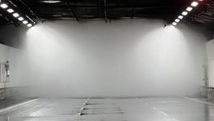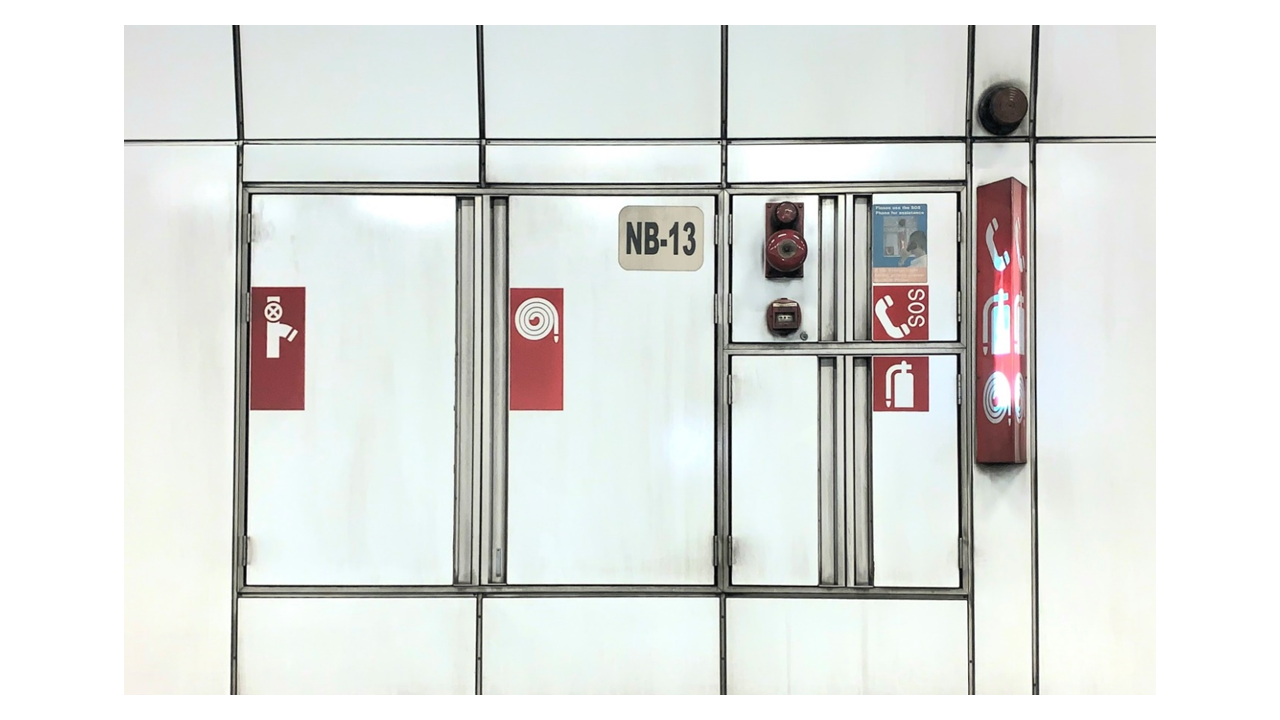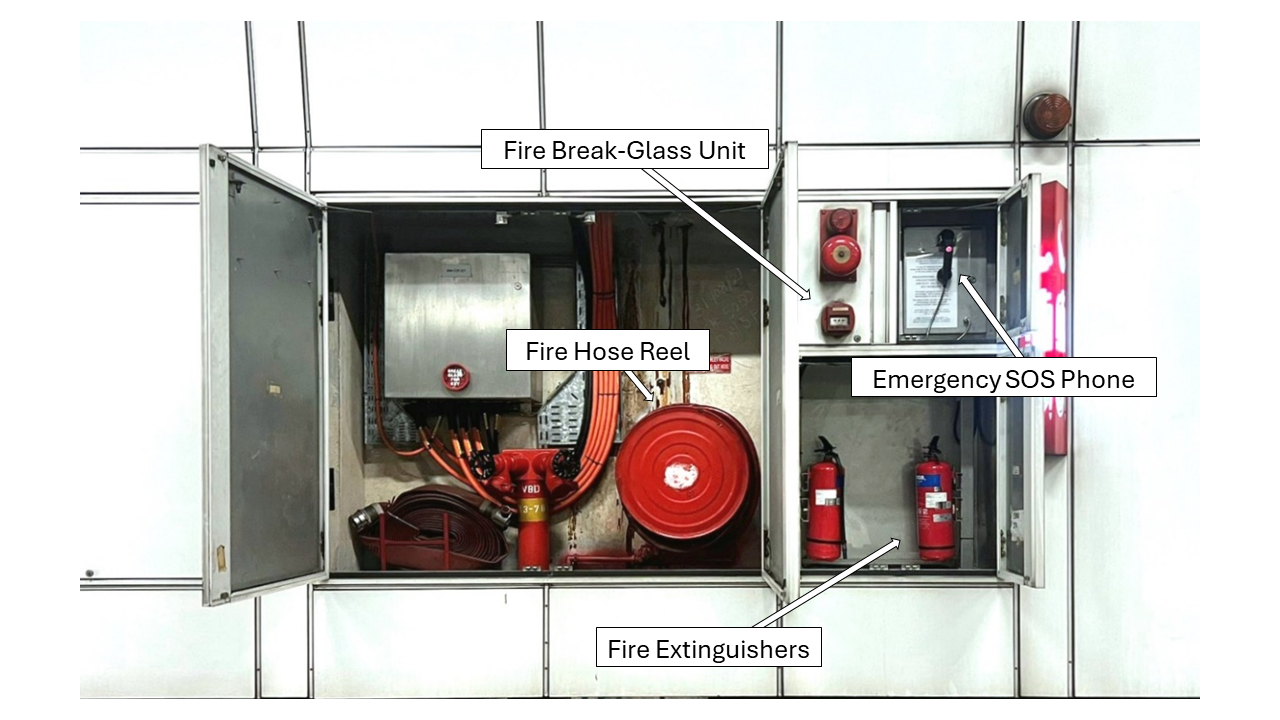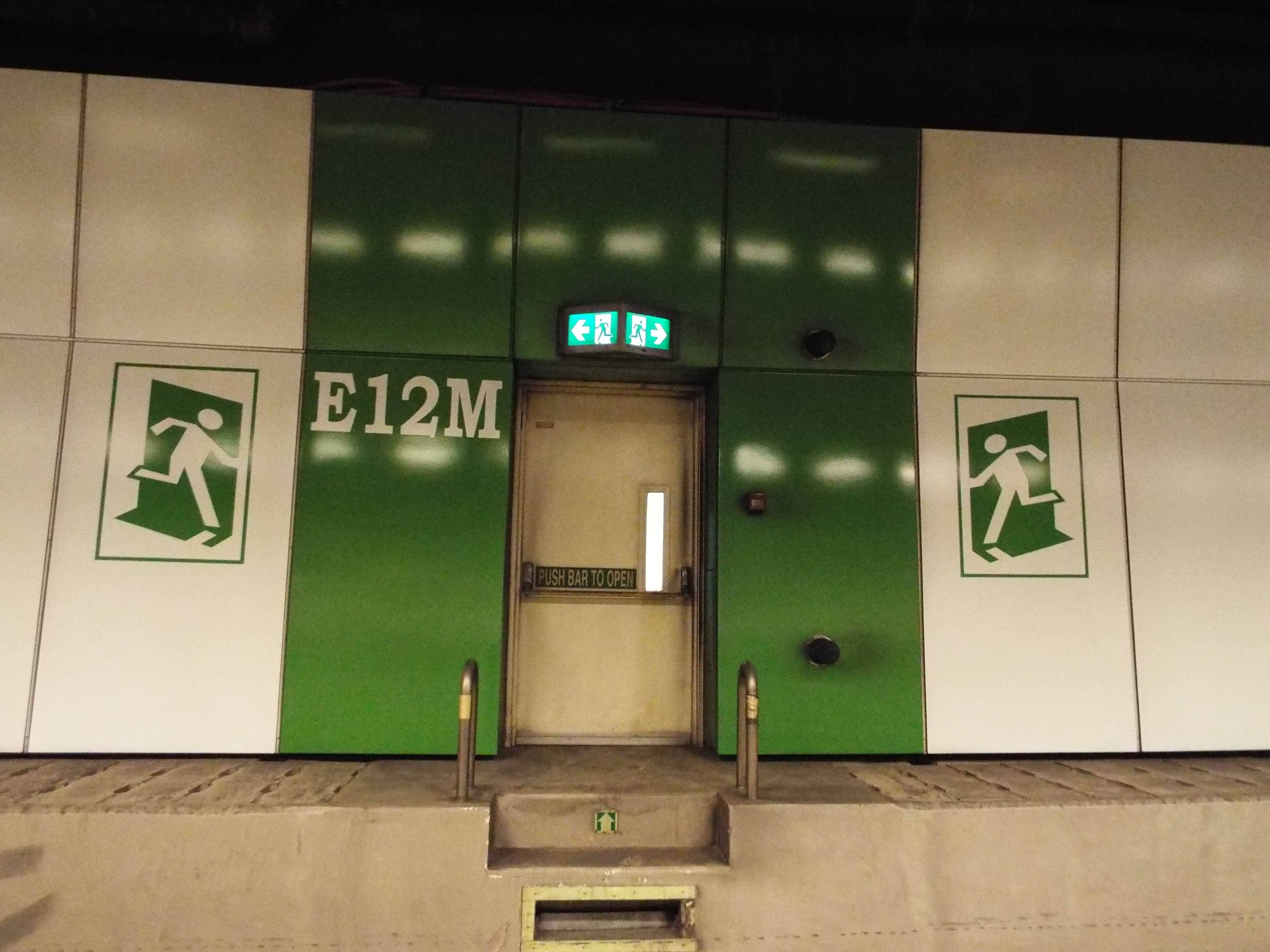When driving on expressways and in tunnels, be sure to follow these safety procedures.
When driving in road tunnels:
- Follow overhead lane use signs and traffic message signboards.
- Switch on vehicle headlights.
- Tune in to a local radio station.
When driving on expressways and in tunnels, be sure to follow these safety procedures.
When driving in road tunnels:
Learn what to do in a tunnel emergency.
Understanding safe driving for expressways and tunnels |
There are 14 expressways and tunnels in Singapore.
|
Restrictions for expressways and tunnels |
Pedestrians are not allowed on all expressways and in tunnels. Personal mobility devices (PMDs) are not allowed on all roads, and therefore cannot travel on expressways and in tunnels.
|
Driving safely on expressways
|
Before driving on an expressway, learn about Safe Driving Procedures on Expressways.
|
Driving safely in tunnels |
Before driving in a tunnel, learn about Safe Driving Procedures in Tunnels.
|
Expressways and tunnels in Singapore |
Expressway |
|
|---|---|---|
Ayer Rajah Expressway (AYE) |
✓ |
|
Bukit Timah Expressway (BKE) |
✓ |
|
Central Expressway (CTE) |
✓ |
✓ |
East Coast Parkway (ECP) |
✓ |
|
Fort Canning Tunnel (FCT) |
✓ |
|
Kallang- Paya Lebar Expressway (KPE) |
✓ |
✓ |
Kranji Expressway (KJE) |
✓ |
|
Marina Coastal Expressway (MCE) |
✓ |
✓ |
| North-South Corridor (NSC) [to be completed in phases from 2027] | ✓ |
✓ |
Pan Island Expressway (PIE) |
✓ |
|
Seletar Expressway (SLE) |
✓ |
|
Sentosa Gateway Tunnel (SGT) |
✓ |
|
Tampines Expressway (TPE) |
✓ |
|
Woodsville Tunnel (WVT) |
✓ |
If there is an incident on expressways or inside tunnels, the EMAS vehicle recovery crew is activated to ensure that the incident site is safe, and to tow away any stalled vehicles.
LTA Traffic Marshals control traffic and perform on-scene management duties such as assisting Traffic Police in preserving evidence for accidents involving injuries. They work together with the EMAS vehicle recovery crew, as well as the Traffic Police and Singapore Civil Defence Force to bring traffic back to normal as quickly as possible.
For their safety, pedestrians are not allowed on all expressways and in tunnels. Personal mobility devices (PMDs) are not allowed on all roads, and therefore cannot travel on expressways and in tunnels.
Some vehicles are also not allowed on expressways and in tunnels.
Generally, you cannot drive excluded vehicles on expressways, including expressway tunnels.
The following vehicles are not allowed to drive in all tunnels, including expressway tunnels.
In addition, these vehicles are not allowed to be driven in the Sentosa Gateway Tunnel:
For vehicles wider than 3m, you can apply for an oversized vehicle movement (OVM) permit to drive them in tunnels.
This list of vehicles is not exhaustive. For more details on vehicle restrictions in tunnels, refer to the Road Traffic (Expressway Traffic) Rules.
When driving on expressways, be sure to:
When on an expressway, do not:
Note: Charges apply for mobile calls to "1800" service lines and only calls made from regular land lines are free.
As road tunnels are confined spaces, it is important to drive carefully and be familiar with safety and emergency procedures.
When driving in road tunnels, be sure to:
When in a tunnel, do not:
Our road tunnels are monitored round the clock by LTA’s Operations Control Centre. When an incident occurs, our emergency protocol will be activated to manage the incident.
In the event of a fire, the tunnel ventilation system will remove smoke. The KPE, MCE, CTE, Woodsville Tunnel and Sentosa Gateway Tunnels are also equipped with an overhead water sprinkler system to help fight fires.


To facilitate evacuation on foot, there are emergency escape staircases and pedestrian cross passages located in longer tunnels such as the CTE, KPE and MCE.
Fire service cabinets are located every 50m in tunnels, next to the left-most lane. Emergency SOS phones are found every 100m, in alternate fire service cabinets.


If you have to evacuate any of the tunnels on foot, head for the nearest exit:


When there is an emergency in the tunnel, you may:
Tune in to any local radio station for LTA’s emergency announcements.
Note: Charges apply for mobile calls to "1800" service lines and only calls made from regular land lines are free.